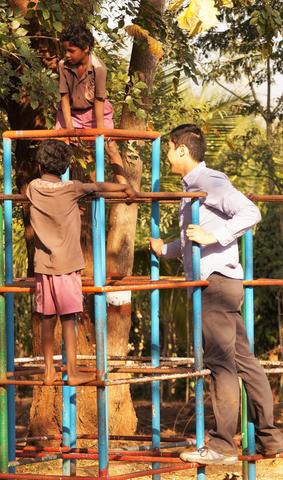

Avoiding Mistaken Identities
Contrasting Educational Systems for Health Professional Education
In most parts of the world, students go directly from high school to health professional school. (In other words, they do not need a bachelor's degree to enter medical school.)
This contrasts with American education, where students finish high school (also known as secondary school), then attend college and receive a bachelor's degree. After their undergraduate education, students apply to and attend professional or graduate school to receive a master's or doctorate degree.
To complicate things further, students working to obtain their bachelor's degree in the US are referred to as "undergraduate" students. Students in medical school are referred to as being in "undergraduate medical education" or undergraduates as well.
Mistaken Identity
The difference in educational systems is why American undergraduate students are sometimes invited to do things they are untrained for: it is assumed they are in medical school, a case of mistaken identity. When an undergraduate student from the US travels to a community in most other parts of the world and talks about being an undergraduate and studying for medical school, it is often assumed that they are in medical school. This is because the education system in the United States is different from many other countries.
